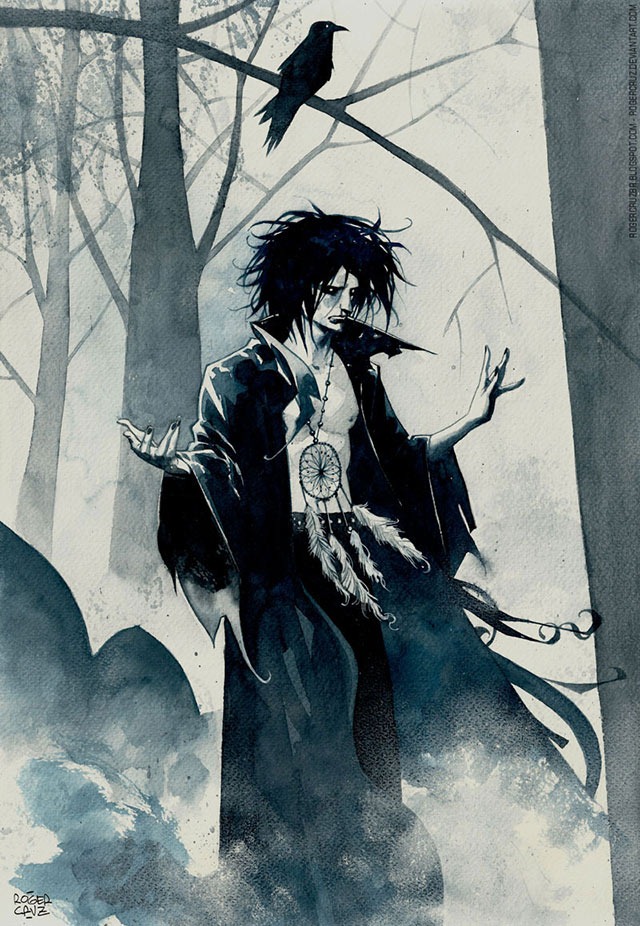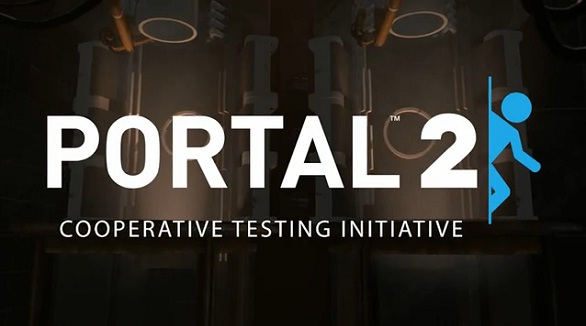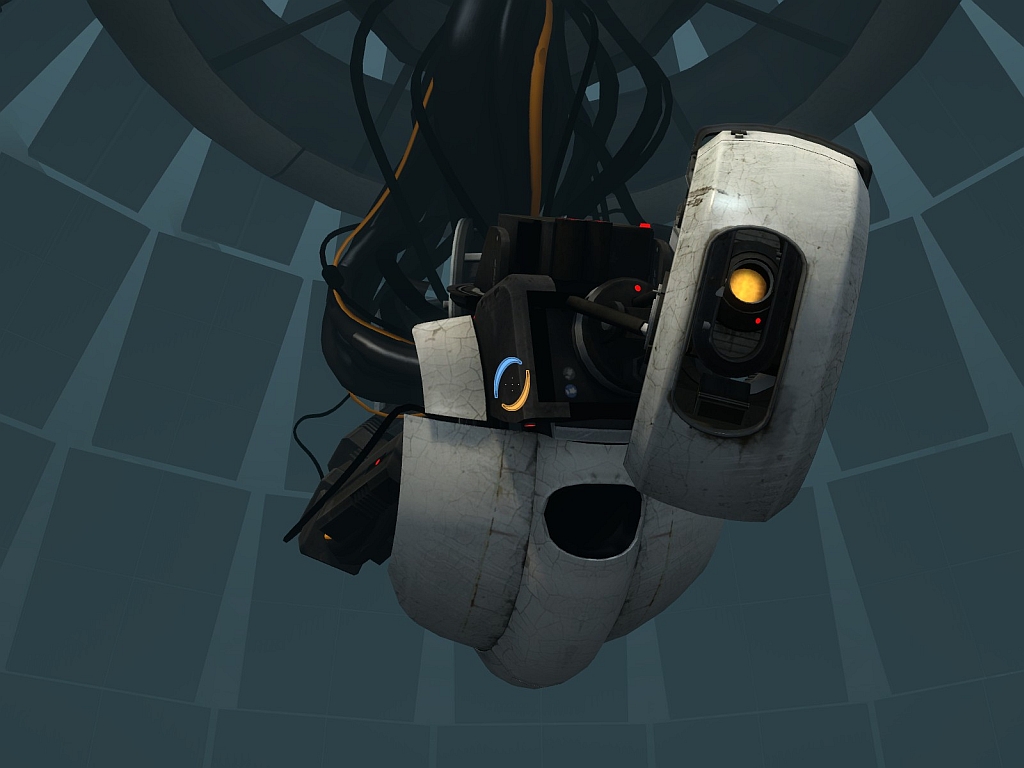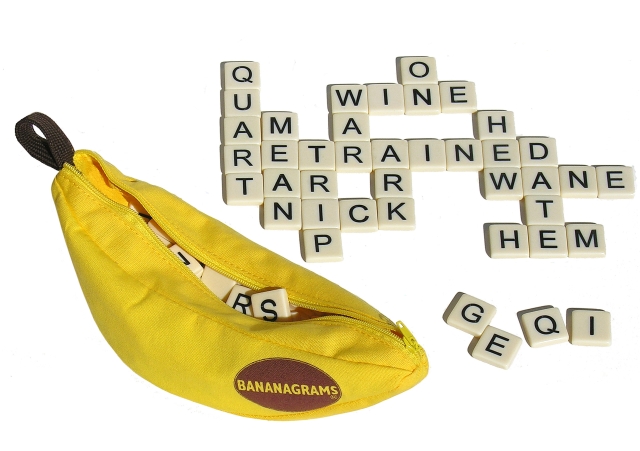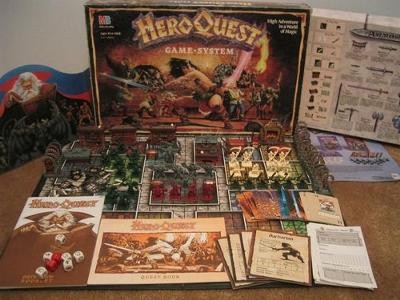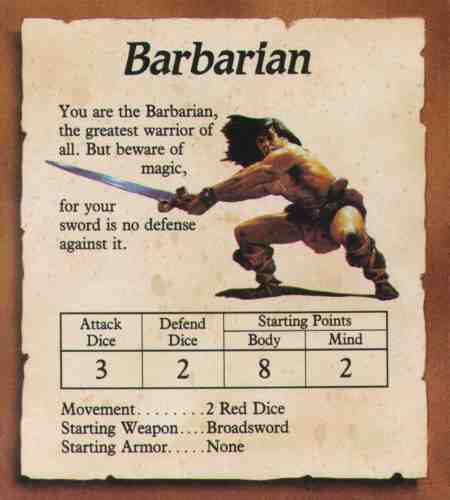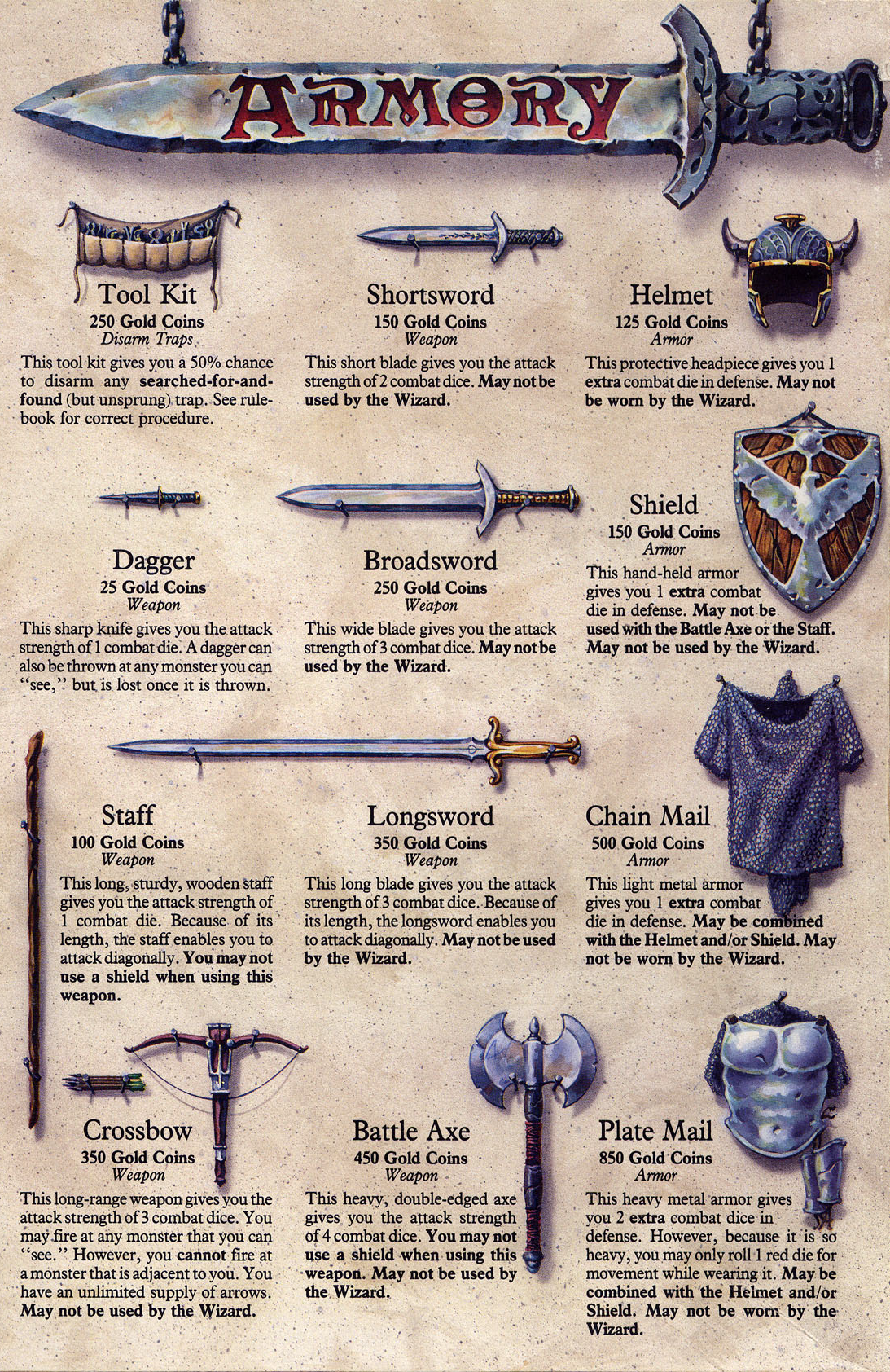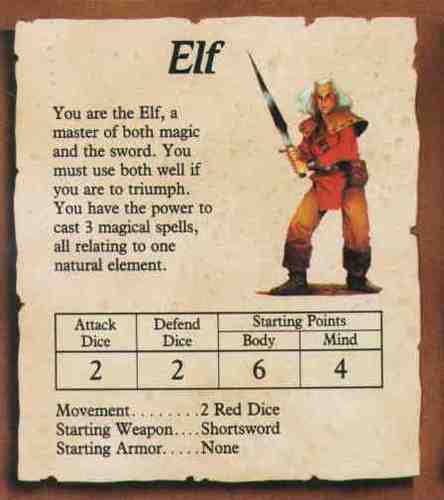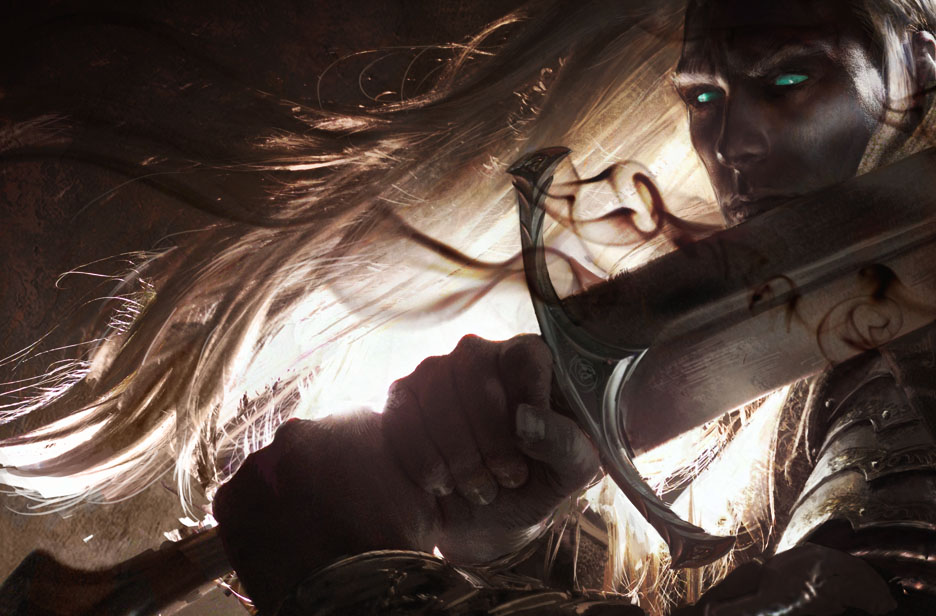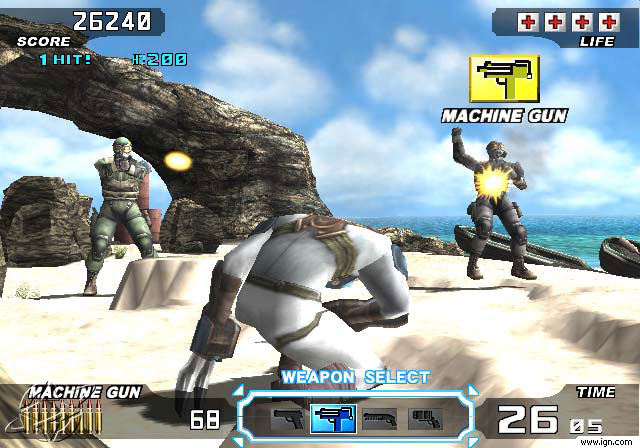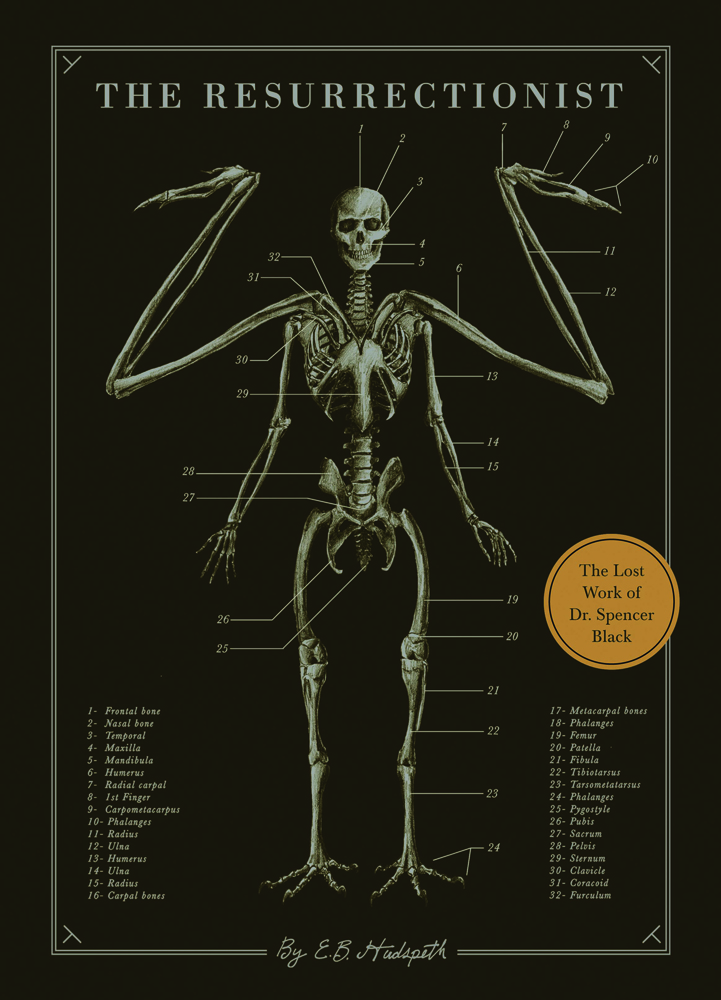 The fictional biography of the great surgeon Dr. Spencer Black.
The fictional biography of the great surgeon Dr. Spencer Black.A dark, night time story in the streets of Philadelphia as you watch Spencer Black grow up. Starting as the son of a grave robber to becoming a doctor, a circus sideshow host, a husband, and a madman obsessed with a single idea.
A brilliant book the likes of which you have never seen.
This is one of the most interesting and intriguing books that I have ever read. It is a short book, maybe 100 pages of text in the hardcover copy with about 50 pages of illustrations. The illustrations depict the attaching of bone structures and muscle to and from a variety of creatures to create mythical beings.
It is fantastic, strange, haunting, cruel, and something I have never seen before in a book.
Philadelphia. The late 1870s. A city of cobblestone sidewalks and horse-drawn carriages. Home to the famous anatomist and surgeon Dr. Spencer Black. The son of a "resurrectionist" (aka grave robber), Dr. Black studied at Philadelphia's esteemed Academy of Medicine, where he develops an unconventional hypothesis: What if the world's most celebrated mythological beasts - mermaids, minotaurs, and satyrs - were in fact the evolutionary ancestors of humankind? "The Resurrectionist" offers two extraordinary books in one. The first is a fictional biography of Dr. Spencer Black, from his humble beginnings to the mysterious disappearance at the end of his life. The second book is Black's magnum opus: 'The Codex Extinct Animalia, a Gray's Anatomy' for mythological beasts - dragons, centaurs, Pegasus, Cerberus - all rendered in meticulously detailed black-and-white anatomical illustrations. You need only look at these images to realize they are the work of a madman. 'The Resurrectionist' tells his story. [back cover]


Give the first few pages a quick read, you might find it to your liking. Amazon's first few pages I highly recommend it and shall not say anything more in fear of giving away the story. (video book trailer on the left of the Gread home page)
Sometimes you need to exhume the dead to find the treasure within,
M.


